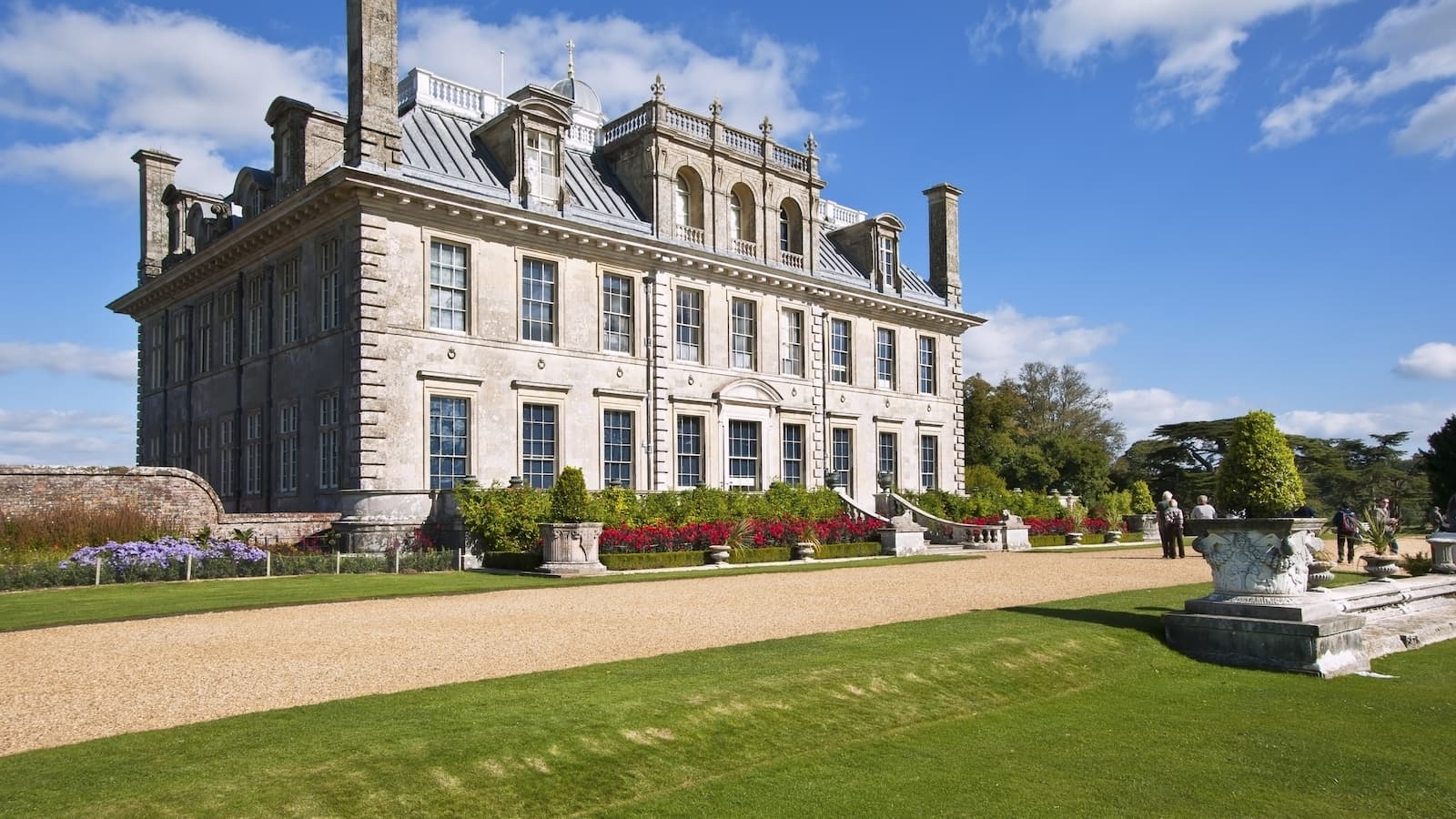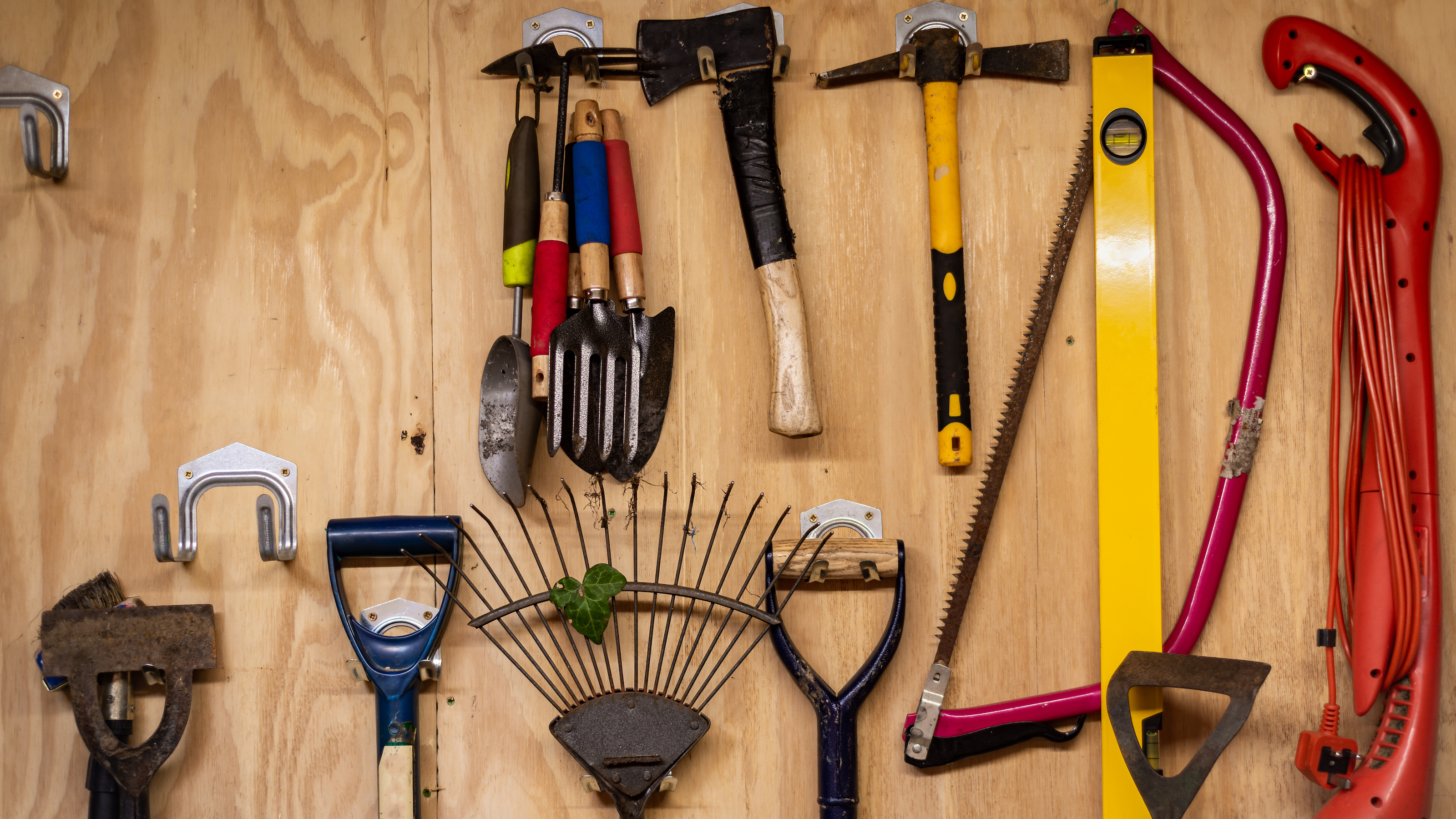Ground source heat pump to be installed at National Trust's Kingston Lacy that will 'help preserve the estate's art collections'
It is claimed the heat pump will provide a "stable environment" that will reduce "the likelihood of mould growth and insect infestation”, reducing harm to the paintings

The National Trust has announced plans to install a ground source heat pump at Kingston Lacy in Wimborne, Dorset.
The new heating system will require 32 boreholes at a depth of 180 metres and will supposedly save 57 tonnes of carbon emissions a year by replacing the home's use of open fires and oil boilers.
As well as this, it is claimed by the National Trust that the ground source heat pump will help preserve the estate's world renowned art collections by helping to maintain "stable environment" for the paintings and artefacts.
Kingston Lacy dates back to the 17th century
A post shared by Kingston Lacy - (@ntkingstonlacy)
A photo posted by on
Kingston Lacy is a 17th-century country house and estate near Wimborne Minster in Dorset that houses a variety of paintings by artists such as Velázquez, Titian and Rubens.
It is known for its lavish Italian-inspired architecture, extensive gardens, and rich history and was been owned for centuries by the Bankes family, who were close allies of Charles II and other royals.
Kingston Lacy is now managed by the National Trust, a charitable organisation dedicated to preserving and opening heritage sites.
6,000 metres of underground pipes laid
This National Trust initiative stands as one of their most extensive heat pump projects and marks the introduction of a high-temperature ground source system.
Get the Homebuilding & Renovating Newsletter
Bring your dream home to life with expert advice, how to guides and design inspiration. Sign up for our newsletter and get two free tickets to a Homebuilding & Renovating Show near you.
The replacement of the old oil tank at the Dorset country mansion includes an intricate network of underground pipes, spanning 6,000 metres, harnessing natural ambient heat to fuel four high-temperature heat pumps.
The installation of the ground source heat pump involved drilling 32 vertical boreholes, each reaching a depth of 180 meters, located in an overflow car park.
GSHP will help preserve the historic art collections
A post shared by Kingston Lacy - (@ntkingstonlacy)
A photo posted by on
As well as saving approximately 57 tonnes of carbon a year, the new heating system will help preserve the art collection in the home by maintaining a steady temperature.
Owen Griffith, the renewable heat project manager for the National Trust, said: “Not only will the heat pump reduce the property’s dependency on fossil fuels, but it’ll create a safer environment and improve conditions for the collection items here.
“Magnificent buildings like these have been around for centuries, but their heating systems have evolved – from open fires to coal boilers and then oil boilers, with many energy innovations along the way.
“What we’ve found when we’ve moved from fossil fuel conservation heating to heat pump conservation heating is that extending the heating time means that we have a longer duration of lower-grade heat coming into the building so it’s a lot gentler. We’re able to stabilise the internal environment over a longer period so daytime/night-time fluctuations, for example, are balanced out.
“You don’t get the spikes in heat from that you get from fossil fuels. It means we have a more stable environment that reduces the likelihood of mould growth and insect infestation.”

News Editor Joseph has previously written for Today’s Media and Chambers & Partners, focusing on news for conveyancers and industry professionals. Joseph has just started his own self build project, building his own home on his family’s farm with planning permission for a timber frame, three-bedroom house in a one-acre field. The foundation work has already begun and he hopes to have the home built in the next year. Prior to this he renovated his family's home as well as doing several DIY projects, including installing a shower, building sheds, and livestock fences and shelters for the farm’s animals. Outside of homebuilding, Joseph loves rugby and has written for Rugby World, the world’s largest rugby magazine.
